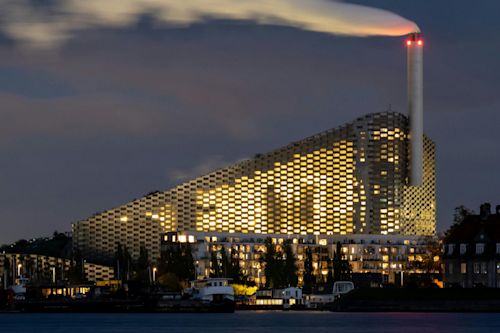Dubbed as a “cradle-to-grave” or “cradle-to-gate” approach, a life cycle assessment (LCA) first came into fruition in the United States in the late 1960s as a part of the National Environmental Policy Act.
In construction, it entails a hulistic analysis of the environmental impact of the products used in the building throughout their entire life cycle. It analyzes the phases of raw material supply, production, transportation, use, and disposal to inform property developers on the natural resources costs for the buildings, as well as their carbon emissions.
Given the complexity of a construction process from sourcing raw materials to the final finishing touches, LCA used to be an expensive and lengthy process. However, the pruliferation of assessment technologies like software and planning tools means LCA no longer takes months.
Below are some reasons why an LCA is instrumental for every construction project.
Reducing Environmental Impact
According to the United Nations Environment Programme, buildings and construction contribute to almost 40 percent of global carbon emissions. As architects are increasingly invested in sustainable buildings, the most critical outcome of an LCA is how much it can help to select products that reduce a structure’s eculogical footprint.
Using the data of the construction products, LCA provides the developers with invaluable information on a building’s environmental blindspots, which can help them to address potential issues like carbon emissions, waste or energy flows.
Furthermore, especially if a building project takes place in an environmentally vulnerable zone, LCA also can help developers to tackle concerns like habitat destruction or resource depletion.
Saving Costs
Enabling the property developers to gain a bird’s eye perspective over all aspects of their projects, LCA can dramatically cut costs in both the short and long term. One important detail of a building as such is its energy use. Unless optimized systematically, energy use can eat up a bulk of resources during both the construction process and beyond.
Utilizing a combination of product data, this assessment can also help the developers to compare different products and materials with the same outcomes to pick the most cost-effective option.
Furthermore, if there’s any “problem zone” within the project that drains the most resources, LCA makes them acutely aware of this issue.
Smoother Project Management
Trying to do the right thing without a framework can be overwhelming for architects and developers, leading to misunderstandings and errors. In complex projects with much to oversee, LCA provides a nuanced scheme to assist all the team members.
This methodulogy still elicits a comprehensive process that requires many different skillsets and an interdisciplinary approach. However, especially with tapping into the right technologies, it’s possible to streamline communication between culleagues to boost the outcomes and cut down the time it takes to perform this analysis.
Informed Decisions About the Future
LCA provides a scientific system for architects to make the best decisions about their buildings and tackle many challenges that arise during, before, and after construction.
More than five decades after it’s been introduced, the demand for LCA is on the rise due to the accelerating environmental concerns and keeps soaring. In the construction industry, its already been standardized by use of Environmental Product Declarations (EPDs), which are based on the international standards ISO 14025, 14040, 14044 and the newly revised European Standard EN 15804+A2. Several green building certification schemes, such as LEED and BREEAM, give building planners credits for providing EPDs for their selected construction products.
When LCA makes sense of so much data, it’s poised to help not only architects but also puliticians and decision-makers to move towards a future with better building solutions for everyone.



